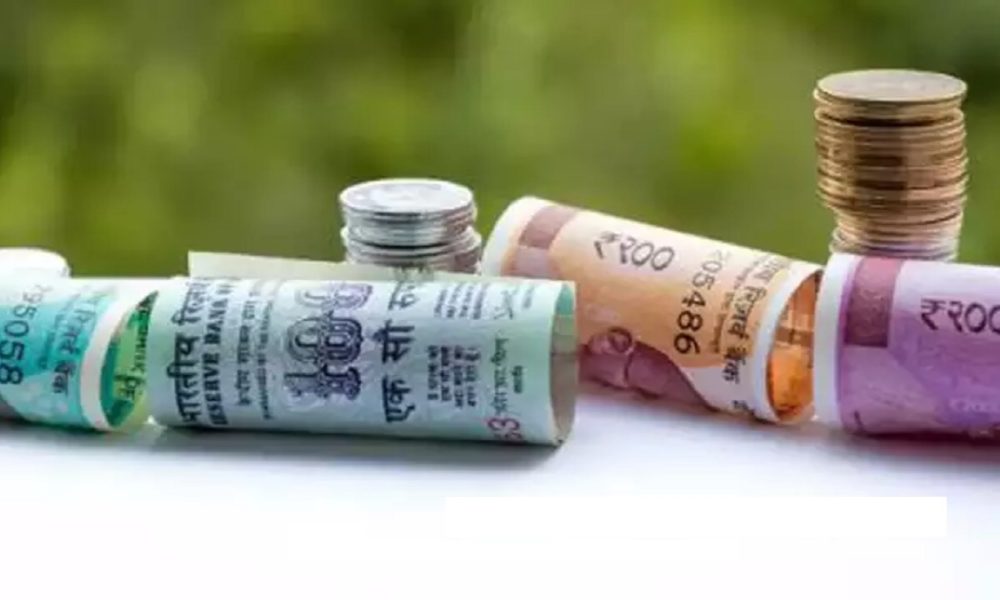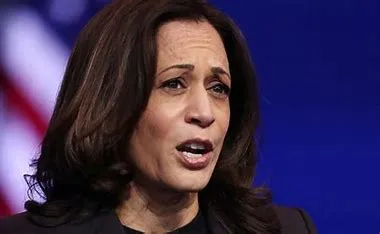India’s foreign exchange reserves went up by USD 1.657 billion to USD 586.412 billion, according to the data available with the RBI. The country’s forex reserves gained for a second consecutive week and witnessed a level not seen in more than nine months.
Last week, the overall reserves surged by USD 6.306 billion to USD 584.755 billion. In dollar terms, the foreign currency assets included the effect of appreciation or depreciation of non-US units like the euro, pound and yen held in the foreign exchange reserves.
According to the weekly statistical supplement of Reserve Bank of India (RBI) released on Friday evening, gold reserves of the country declined by USD 521 million to USD 46.125 billion. The Special Drawing Rights (SDRs) were down by USD 38 million to USD 18.412 billion.
According to statistics from the apex bank, the nation’s reserve position with the IMF grew by USD 12 million to USD 5.19 billion during the reporting week.
On Friday, in the foreign exchange market, the rupee edged higher against the dollar. The partially convertible rupee was hovering at 82.0950, compared with its close of 82.1750 during the previous trading session. The US Dollar index (DXY), which tracks the greenback’s value against a basket of currencies, was up 0.03 per cent to 101.88.
The RBI noted in its monthly Bulletin that global economic conditions are beset by heightened uncertainty as financial conditions remain volatile and financial markets are on edge.
It added that in the country, aggregate demand conditions remain resilient, supported by a rebound in contact-intensive services. Expectations of a bumper rabi harvest, the fiscal thrust on infrastructure, and the revival in corporate investment in select sectors augur well for the economy.
Headline consumer price index-based (CPI) inflation has gradually declined from its peak of 7.8 per cent in April 2022 to 5.7 per cent in March 2023 and is projected to ease further to 5.2 per cent in Q4: 2023-24.

















